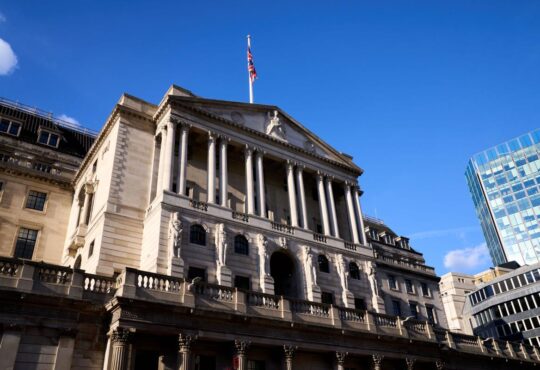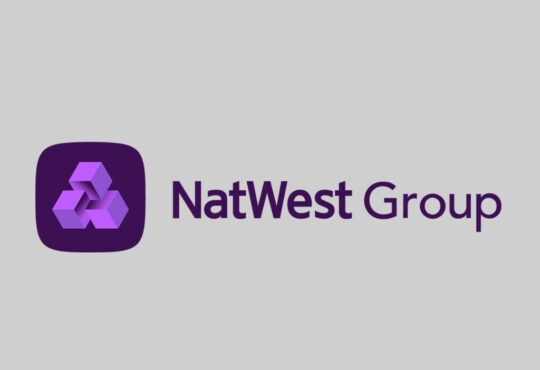
To print this article, all you need is to be registered or login on Mondaq.com.
On October 3, 2022, the acting chairman of the US Federal
Deposit Insurance Corporation (“FDIC”) gave a speech on
the FDIC’s evolving expectations for climate risk management at
the banks that it regulates.1 The
speech is notable because it indicates that the FDIC now expects
community and mid-size banks to develop climate-related financial
risk management practices. While these practices may be tailored
for the smaller, less complex risk profile of community and
mid-size banks, they still will require considerable attention by
management of banks of all sizes.
In this Legal Update, we discuss the FDIC’s efforts on
climate risk management and how the October 3 speech represents an
expansion of supervisory expectations.
Background
The FDIC is the primary regulator of state-chartered banks that
are not members of the Federal Reserve System, state savings
associations, and insured branches of foreign banks.2 These banks, by and large, are smaller
institutions, with over 3,000 FDIC-regulated institutions having
less than $100 billion in assets and only six having more than $100
billion in assets. Most larger banks are regulated by the Office of
the Comptroller of the Currency (“OCC”) or the Federal
Reserve Board.
In March 2022, the FDIC released draft principles for managing
exposures to climate-related financial risks at banks with over
$100 billion in total assets. This proposal largely mirrored an
earlier proposal from the OCC and, as noted in the October 3
speech, has yet to be finalized. The FDIC also joined the Network
for Greening the Financial System, which is a global group of
regulators that exchange best practices, ideas, and research
related to environmental and climate risk management in the
financial sector.
October 3 Speech
The October 3 speech largely restates existing talking points on
the importance of understanding and managing climate-related
financial risk. For example, it reiterates that the FDIC will not
be involved in determining which companies or sectors financial
institutions should do business with. Similarly, it discusses how
supervisory expectations for climate-related financial risks will
be tailored to each institution’s risk profile.
However, it also makes three new points that financial
institutions should pay attention to.
- First, it states that FDIC-regulated institutions should not
become overly reliant on insurance and government assistance to
address climate-related financial risks. The FDIC believes that
insurance policies that cover losses related to severe weather
events may, over time, become more expensive or unavailable to
cover losses for a particular geographic area or business activity.
Similarly, financial institutions should not become dependent on
assistance from the federal government to cover the costs
associated with many severe weather events. These statements
indicate that the common risk management technique of risk transfer
may not be appropriate for climate-related financial risks.
Financial institutions may need to explore other techniques, such
as risk avoidance or risk mitigation. - Second, it states that community and mid-size banks should seek
to better understand and consider their own unique climate-related
financial risk and how it may impact them. As indicated above, the
proposed climate risk management principles are targeted at larger
institutions, so this statement constitutes an expansion of the
FDIC’s supervisory expectations for climate risk management at
smaller institutions. And even more notable is the fact that the
October 3 speech cites an OCC document for large banks as
an example of the types of climate risk questions that community
and mid-size banks should be considering. - Third, it indicates that the FDIC does not view climate
scenario analysis expectations as leading to capital requirements
based on climate risk. Specifically, the October 3 speech states
that “scenario analysis is not a stress testing exercise and
will not have regulatory capital implications.” This should be
welcome by the industry, particularly given the Federal Reserve
Board’s recent announcement of a climate scenario analysis
exercise for larger banking organizations.
Conclusion
Community and mid-size banks should begin to consider how
climate-related financial risks affect their activities. While they
may determine that these risks are immaterial or inapplicable based
on their specific risk profile, the October 3 speech indicates that
FDIC examiners will, at a minimum, expect to see documentation of
those determinations.
Similarly, financial institutions of all sizes should prepare
for second-guessing of risk management determinations. While the
regulators are unlikely to explicitly tell a bank not to make a
particular loan, the statements in the October 3 speech that
discourage reliance on insurance policies already show a
willingness to second-guess decisions by bank management.
Finally, financial institutions should continue to expect
banking regulators to impose new and more detailed supervisory
expectations on the management of climate-related financial risks.
This topic remains in the regulatory cross-hairs and will require
constant revision to bank risk management practices.
Footnotes
1 Remarks by FDIC Acting Chairman Martin
J. Gruenberg on the American Bankers Association Annual Convention
“The Financial Risks of Climate Change” (Oct. 3,
2022), https://www.fdic.gov/news/speeches/2022/spoct0322.html.
2 12 U.S.C. § 1813(q)(2).
Visit us at
mayerbrown.com
Mayer Brown is a global legal services provider
comprising legal practices that are separate entities (the
“Mayer Brown Practices”). The Mayer Brown Practices are:
Mayer Brown LLP and Mayer Brown Europe – Brussels LLP, both limited
liability partnerships established in Illinois USA; Mayer Brown
International LLP, a limited liability partnership incorporated in
England and Wales (authorized and regulated by the Solicitors
Regulation Authority and registered in England and Wales number OC
303359); Mayer Brown, a SELAS established in France; Mayer Brown
JSM, a Hong Kong partnership and its associated entities in Asia;
and Tauil & Chequer Advogados, a Brazilian law partnership with
which Mayer Brown is associated. “Mayer Brown” and the
Mayer Brown logo are the trademarks of the Mayer Brown Practices in
their respective jurisdictions.
© Copyright 2020. The Mayer Brown Practices. All rights
reserved.
This
Mayer Brown article provides information and comments on legal
issues and developments of interest. The foregoing is not a
comprehensive treatment of the subject matter covered and is not
intended to provide legal advice. Readers should seek specific
legal advice before taking any action with respect to the matters
discussed herein.
POPULAR ARTICLES ON: Environment from United States





